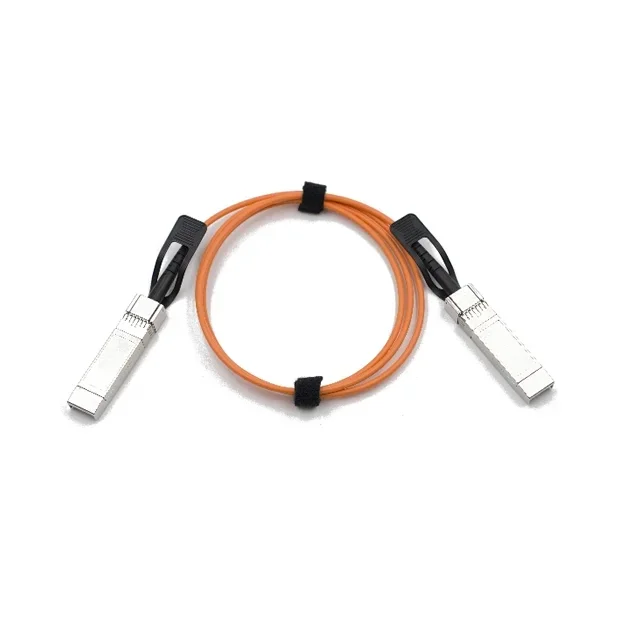As one of the core components of optical communication equipment, the performance of optical modules directly affects the transmission quality and stability of the communication system. When choosing an optical module, we need to understand and consider various performance indicators to ensure that we purchase an optical module that suits our needs. This article will focus on the performance indicators and selection points of optical modules to help readers understand how to choose suitable optical modules.

Common optical module performance indicators
1. Transmission rate: The transmission rate of an optical module refers to the amount of data it transmits per second. Common transmission rates include 10Gbps, 25Gbps, 40Gbps, 100Gbps, etc. When selecting an optical module, you need to determine the required transmission rate based on actual needs.
2. Wavelength: The wavelength of the optical module determines the frequency of the optical signal it transmits in the optical fiber. Common wavelengths are 850nm, 1310nm, and 1550nm. Different wavelengths are suitable for different application scenarios, and the appropriate wavelength needs to be selected according to specific needs.
3. Transmitting power and receiving sensitivity: Transmitting power refers to the intensity of the optical signal emitted by the optical module, and receiving sensitivity refers to the sensitivity of the optical module in receiving optical signals. Higher transmit power and lower receiving sensitivity can improve the transmission distance and anti-interference ability of the optical module.
4. Fiber type: The optical module needs to be compatible with a specific type of fiber. Common fiber types include multi-mode fiber and single-mode fiber. Multimode fiber is suitable for short-distance transmission, while single-mode fiber is suitable for long-distance transmission.
5. Operating temperature range: The operating temperature range of the optical module determines the environmental conditions under which it can work normally. When selecting an optical module, you need to ensure that its operating temperature range matches the actual application environment.
Key points for choosing optical modules
1. Determine requirements: Before choosing an optical module, you need to clarify your requirements, including transmission rate, transmission distance, working environment, etc. Only by clarifying the needs can we better choose the appropriate optical module.
2. Reference standards and specifications: The performance indicators of optical modules are usually defined by relevant standards and specifications, such as IEEE standards and specifications of optical module manufacturers. When selecting optical modules, you can refer to these standards and specifications to ensure that you purchase optical modules that meet the requirements.
3. Brand and quality: Choosing optical modules from well-known brands can improve the quality and reliability of the product. When choosing optical modules, you can refer to well-known brands on the market and read relevant product reviews and user feedback to understand their quality and performance.
4. Price and cost performance: The price of optical modules varies depending on brand, performance, and specifications. When choosing an optical module, you need to consider the balance between price and performance and choose products with a higher price ratio.
5. Technical support and after-sales service: The selection of optical modules is not only the product itself but also the technical support and after-sales service of the supplier. Choose a supplier with good technical support and after-sales service to get better support and protection during use.
The performance indicators and selection points of optical modules are crucial to purchasing a suitable optical module. By understanding the common optical module performance indicators and making selections based on actual needs and key points, we can purchase optical modules with stable performance and reliable quality to improve the transmission quality and stability of the communication system. However, it should be noted that the selection of optical modules needs to be based on specific application scenarios and needs. It is recommended to fully understand and consult professionals before purchasing.
Classification and application fields of optical modules
Working principle and advantages of optical modules
What are the factors that affect the price of optical modules?
What are the factors that affect the service life of optical modules
How to choose a high-quality optical module manufacturer
https://www.fineconnco.com/Performance-indicators-and-selection-points-of-optical-modules.html










